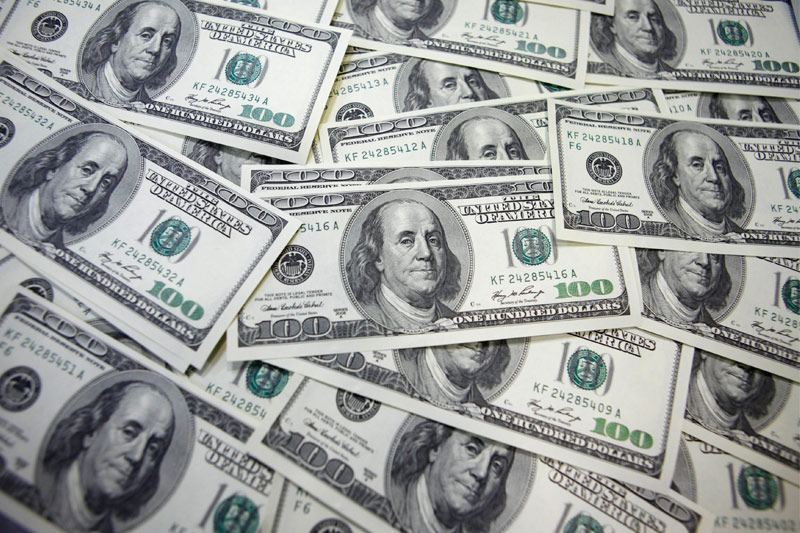Investing.com - The dollar traded mixed to higher against most major currencies on Tuesday after Russian President Vladimir Putin assured the world Moscow is not out to annex Ukraine, while expectations for the Federal Reserve to trim its monthly bond-buying program offset hit-or-miss U.S. housing indicators.
In U.S. trading on Tuesday, EUR/USD was up 0.06% at 1.392331.
Markets breathed a sigh of relief on Tuesday after Russian President Vladimir Putin said that Moscow isn't seeking "a partition of Ukraine.'
The speech came one day after President Putin recognized the results of Sunday's referendum in Crimea, which saw a majority of voters opting to split from Ukraine.
The European Union and the U.S. have declared the vote illegal and imposed sanctions.
Gold, which trades inversely with the dollar, has been a safe-haven asset class of choice during the crisis, and Putin's calming words enticed investors out of the yellow metal and back into greenback positions a day ahead of the Federal Reserve's March statement on monetary policy.
Elsewhere, The Labor Department on Tuesday reported that the U.S. consumer price index slowed to 1.1% in February from 1.6% in January. Analysts had expected the annual inflation rate to decline to 1.2%.
Month-on-month, U.S. consumer prices rose 0.1% in February, in line with forecasts.
Core inflation rates, which are stripped of volatile food and energy prices, rose 1.6% on year and 0.1% month-on-month, both figures in line with market forecasts.
The Federal Reserve plays close attention to core inflation rates when deciding on monetary policy.
Separately, the Commerce Department reported that the number of building permits issued in the U.S. rose to a four-month high in February, rebounding after a sharp drop in January.
The number of building permits issued last month jumped 7.7% to 1.018 million units, beating market calls for a 1.6% increase..
U.S. housing starts, however, fell 0.2% last month to hit a seasonally adjusted 907,000 units, disappointing expectations for an increase of 3.4% to 910,000 units.
After digesting the data, investors viewed the numbers as strong enough to keep the Fed cutting its monthly bond purchases, which weaken the dollar to spur recovery.
Currently, the Fed is purchasing $65 billion Treasury bonds and mortgage debt a month, though many expect the U.S. central bank to trim that figure to $55 billion at a policy meeting on Wednesday.
Meanwhile across the Atlantic, the euro slipped after the ZEW Centre for Economic Research reported that its index of German economic sentiment fell to 46.6 this month from February’s reading of 55.7. Analysts had expected the index to decline to 53.0.
The report indicated that the economic upswing in Germany is not at risk. The assessment of current economic conditions improved to 51.3 this month from 50.0 in February.
Economic expectations for the euro area also deteriorated this month, the ZEW Centre said, dropping to 61.5 from 68.5 in February, compared to expectations for a decline to 67.3.
The dollar was down against the yen, with USD/JPY down 0.33% at 101.42, and up against the Swiss franc, with USD/CHF up 0.01% at 0.8733.
The greenback was up against the pound, with GBP/USD down 0.29% at 1.6588.
The dollar was mixed against its cousins in Canada, Australia and New Zealand, with USD/CAD up 0.82% at 1.1143, AUD/USD up 0.43% at 0.9128 and NZD/USD up 0.63% at 0.8620.
The dollar index, which tracks the performance of the greenback versus a basket of six other major currencies, was up 0.04% at 79.52.
On Wednesday, markets will pay close attention to the Federal Reserve.
The U.S. central bank is to announce its decision on interest rates and monetary policy followed by a press conference with Janet Yellen, her first as head of the monetary authority.
